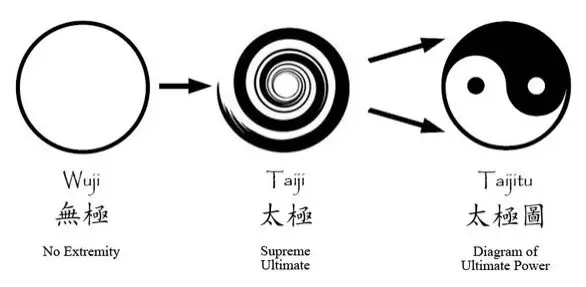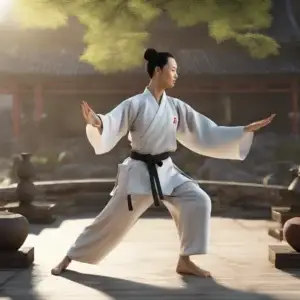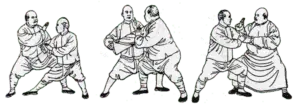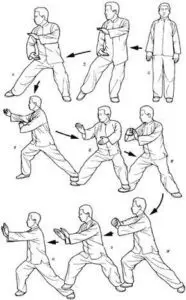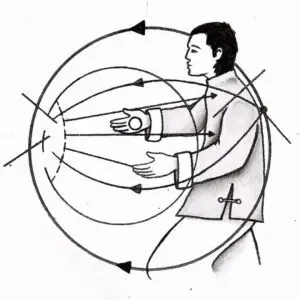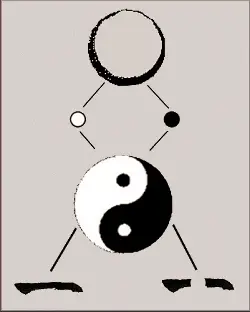
Wuji Taiji Fundamentals
Wuji and Taiji are concepts that are central to Chinese philosophy, particularly Taoism and traditional Chinese medicine.
They are both related to the idea of balance and harmony, but they have different meanings. Wuji being the limitless beginning, giving way to light and shadows. Thus the idea of balance and a perception of harmony.
Wuji, which means “no ultimate limit” or “no extremes,” refers to a state of emptiness, stillness, and potential. It is often depicted as a circle with an empty center, symbolizing the state of oneness and wholeness before the creation of the universe. Wuji is a state of being that is free of duality, where there is no distinction between yin and yang, and no distinction between good and bad. It is a state of pure consciousness and awareness that is often associated with meditation.
Taiji, on the other hand, is the dynamic expression of Wuji. It refers to the interplay between yin and yang, the two complementary forces that make up the universe. Taiji is often depicted as the yin-yang symbol, which represents the idea that everything in the universe is a dynamic interplay between opposing forces. Taiji is the state of harmony and balance that arises from the interaction of these forces. It is often associated with martial arts, particularly Taijiquan, which is a system of movement and meditation that is based on the principles of Taiji.
In summary, Wuji refers to a state of emptiness and potential, while Taiji refers to the dynamic interplay between opposing forces that gives rise to harmony and balance in the universe. They are complementary concepts that are central to Chinese philosophy, and they are often used in Taoist and traditional Chinese medical practices.

